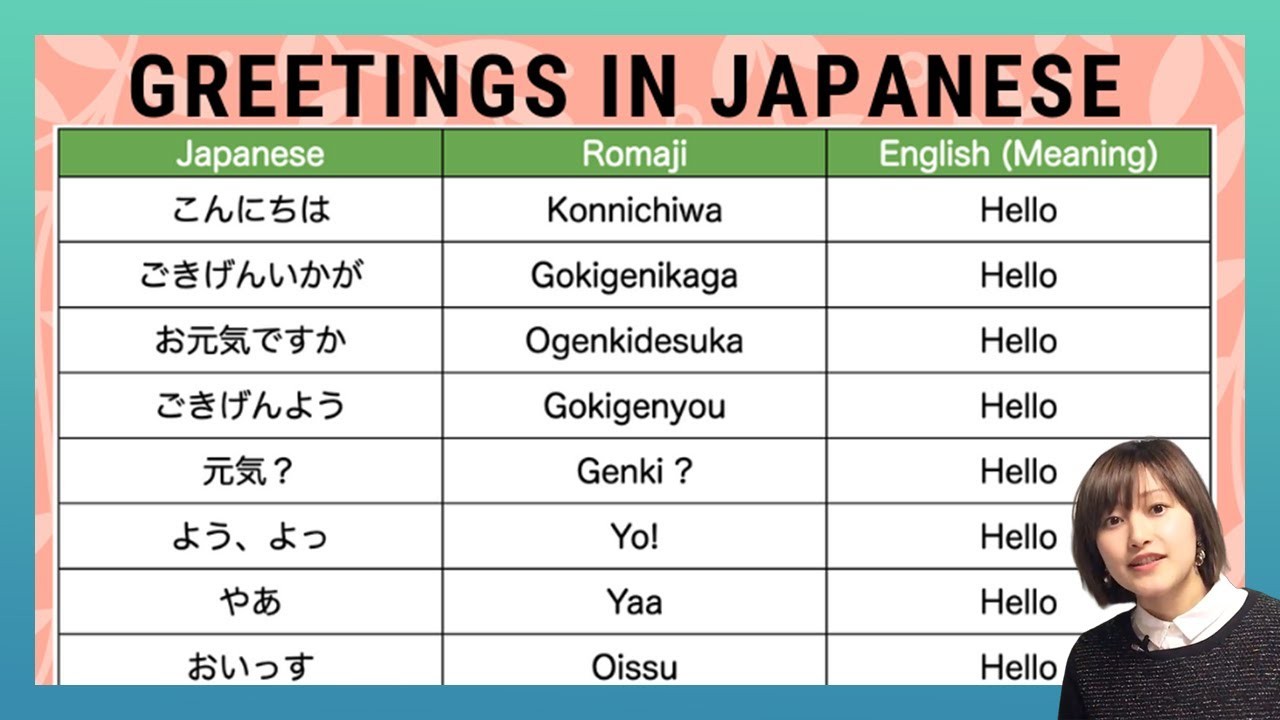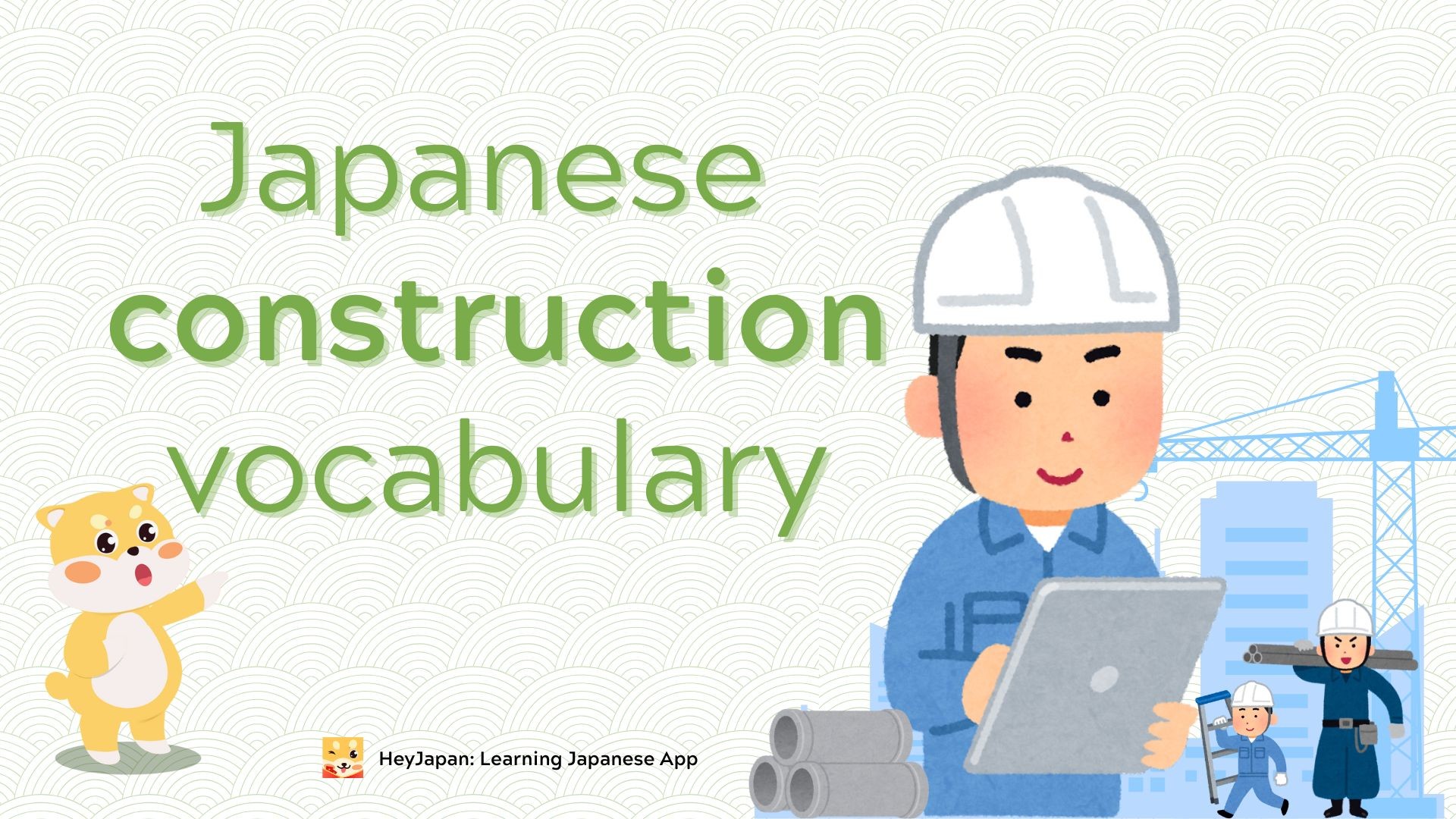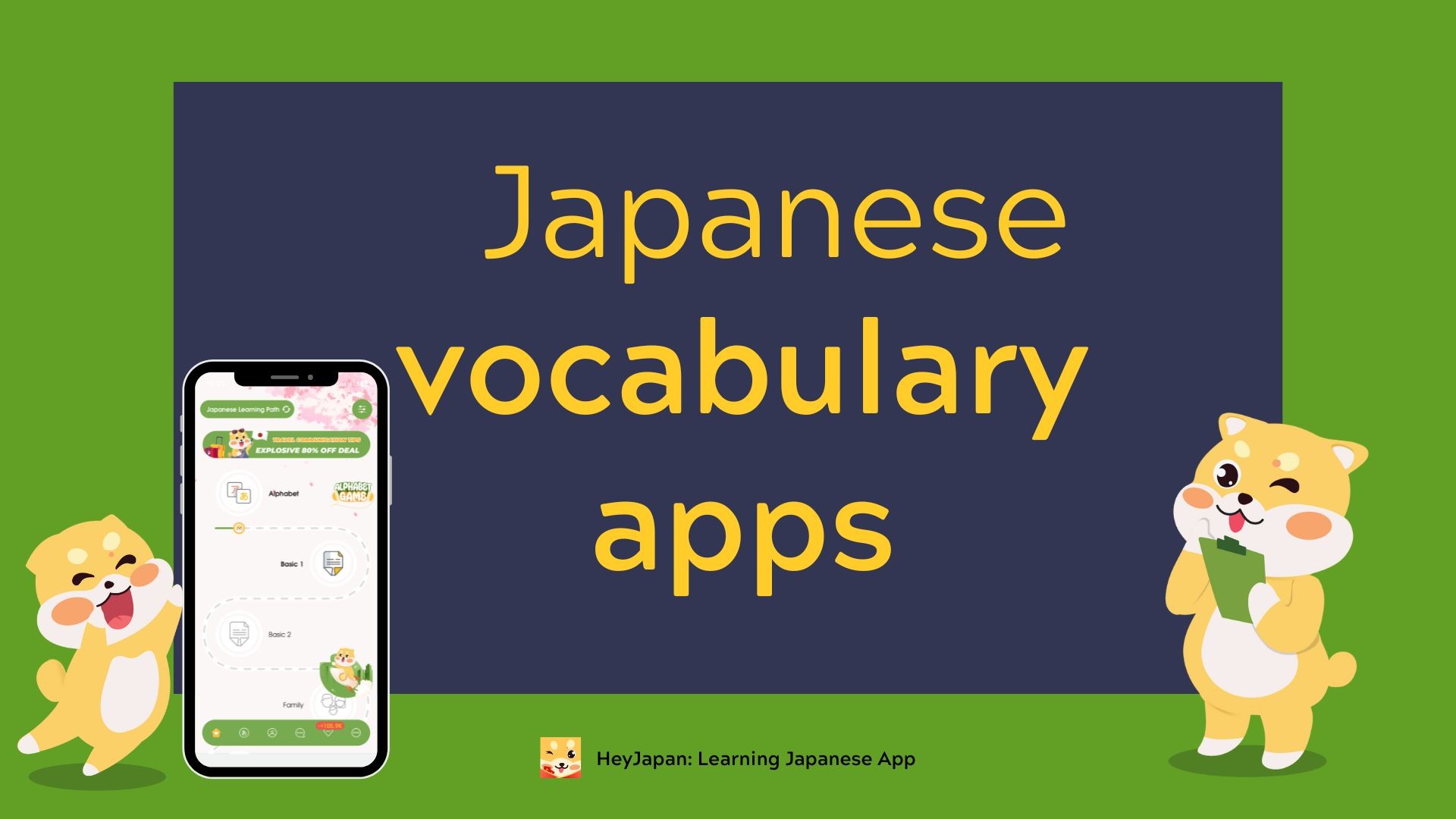- 1. How to Say "Have a Good Day" in Japanese
- 2. Greetings by Time of Day
- 3. Context-Specific Greetings
- 4. Examples of Real-Life Usage
- 5. The Cultural Difference
- 6. Practical Tips for Mastering Japanese Greetings
- Conclusion
In Japanese culture, greetings play a crucial role not just in starting or ending a conversation, but in expressing respect and care for others. If you're wondering how to say Have a good day in Japanese, this guide will teach you the essential phrases, cultural nuances, and contexts for using them effectively.
1. How to Say "Have a Good Day" in Japanese
Formal Version
- 良い一日をお過ごしください (Yoi ichinichi o osugoshi kudasai)
This is the most formal and polite way to say "Have a good day" in Japanese. It is typically used in professional or serious settings, such as when addressing a client or superior.
Casual Version
- 良い一日を (Yoi ichinichi o)
A shorter and less formal version, suitable for casual conversations with friends or family.
While these phrases exist, it’s important to note that Japanese people rarely use them in everyday interactions. Instead, they prefer greetings that align with specific times of the day or situations.
2. Greetings by Time of Day
Japanese people often tailor their greetings based on the time of day, showing their attention to detail and context. Here are the most common greetings:
-
Morning:
- おはようございます (Ohayou gozaimasu) – "Good morning."
Used in both formal and informal settings, especially in workplaces or schools.
- おはようございます (Ohayou gozaimasu) – "Good morning."
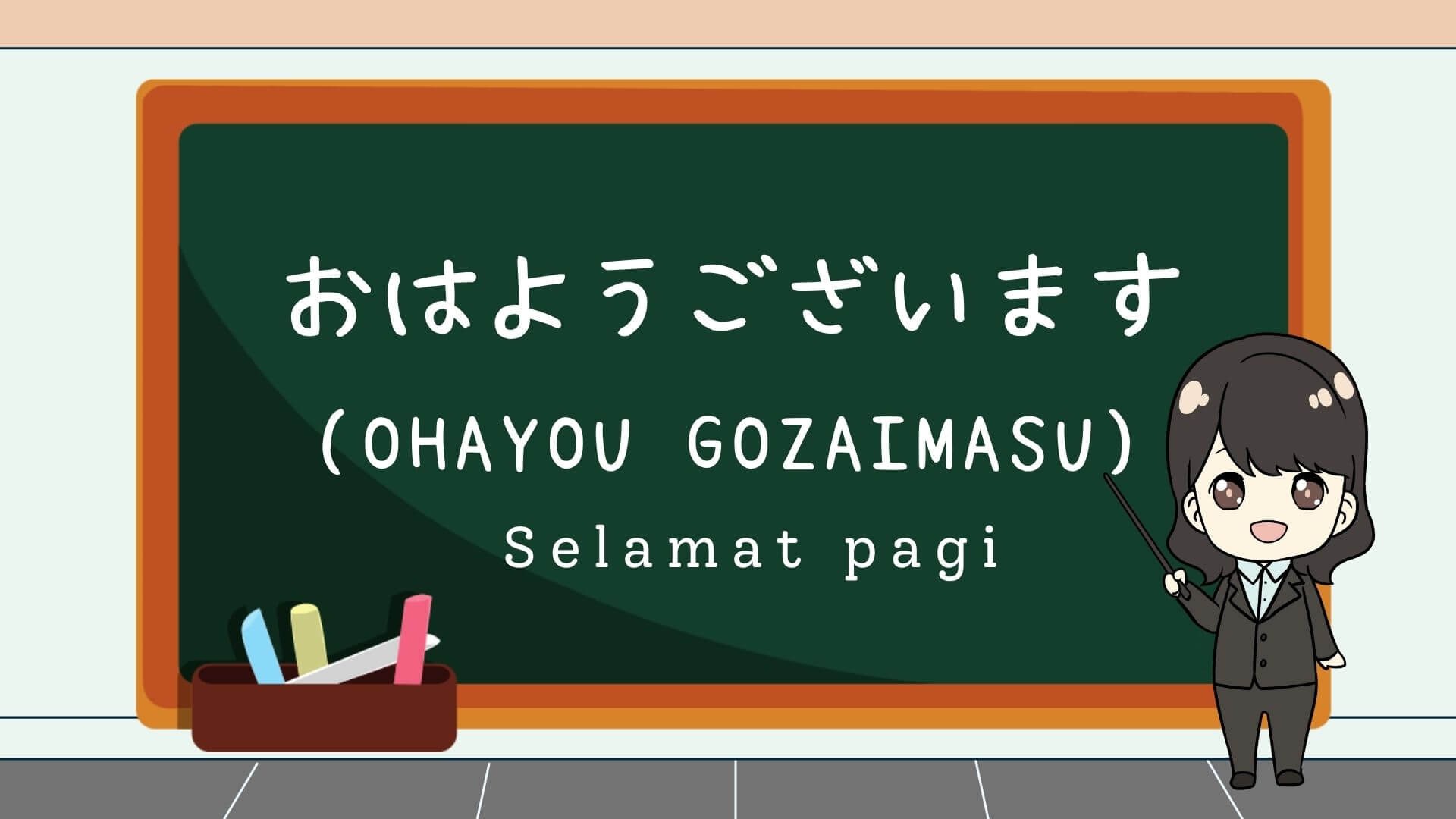
-
Afternoon:
- こんにちは (Konnichiwa) – "Good afternoon."
A widely used greeting from midday to the early evening.
- こんにちは (Konnichiwa) – "Good afternoon."
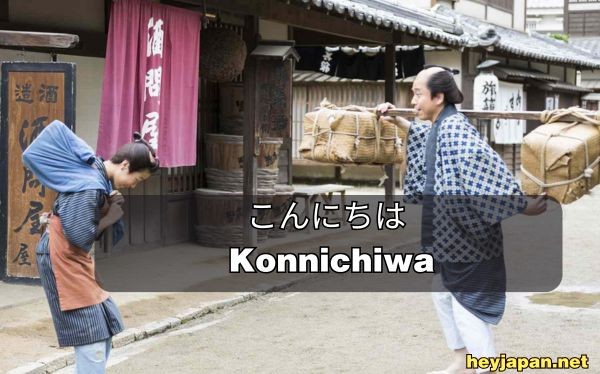
-
Evening:
- こんばんは (Konbanwa) – "Good evening."
Used after sunset when meeting someone or starting a conversation.
- こんばんは (Konbanwa) – "Good evening."
These time-specific greetings replace the need for a general "Have a good day" in most cases.
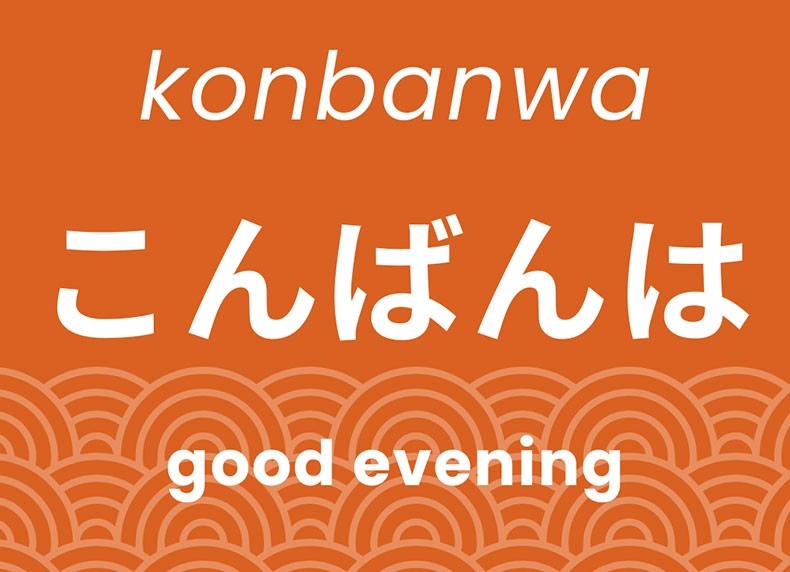
3. Context-Specific Greetings
Apart from time-based greetings, Japanese has unique phrases for specific situations:
-
When seeing someone off:
- 行ってらっしゃい (Itterasshai) – "Take care and come back safely."
Commonly said when someone is leaving the house.
- 行ってらっしゃい (Itterasshai) – "Take care and come back safely."
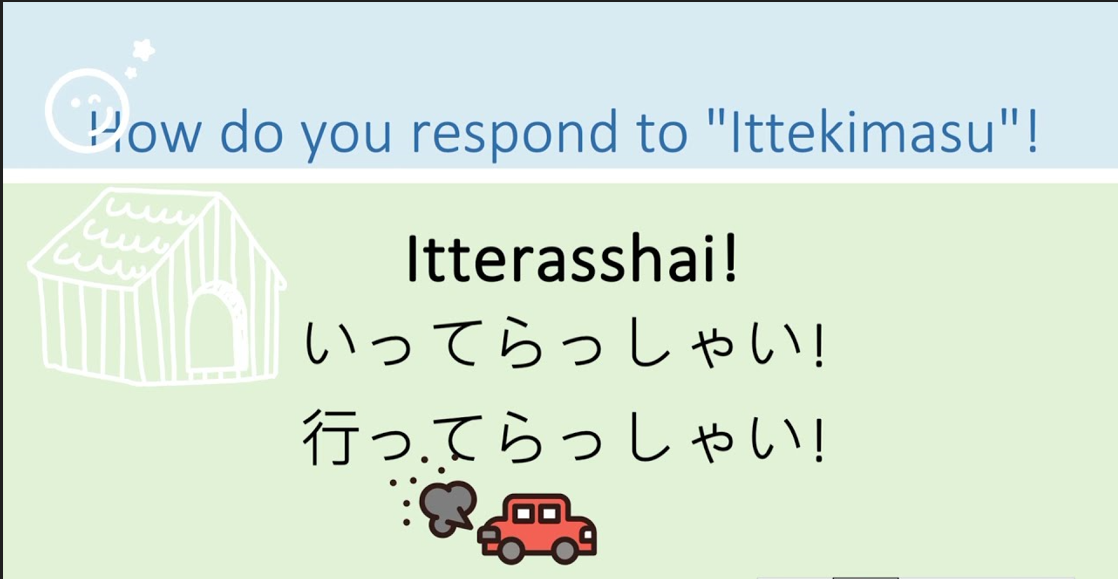
-
When leaving work:
- お疲れ様でした (Otsukaresama deshita) – "Thank you for your hard work."
A polite phrase used to express appreciation when departing from work.
- お疲れ様でした (Otsukaresama deshita) – "Thank you for your hard work."
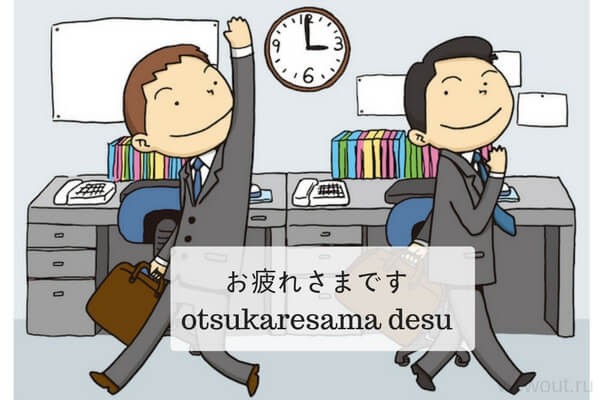
-
Before going to bed:
- おやすみなさい (Oyasuminasai) – "Good night."
Used to wish someone a restful sleep.
- おやすみなさい (Oyasuminasai) – "Good night."
4. Examples of Real-Life Usage
Family Context
-
Person leaving the house:
- 行ってきます (Ittekimasu) – "I’m leaving now."
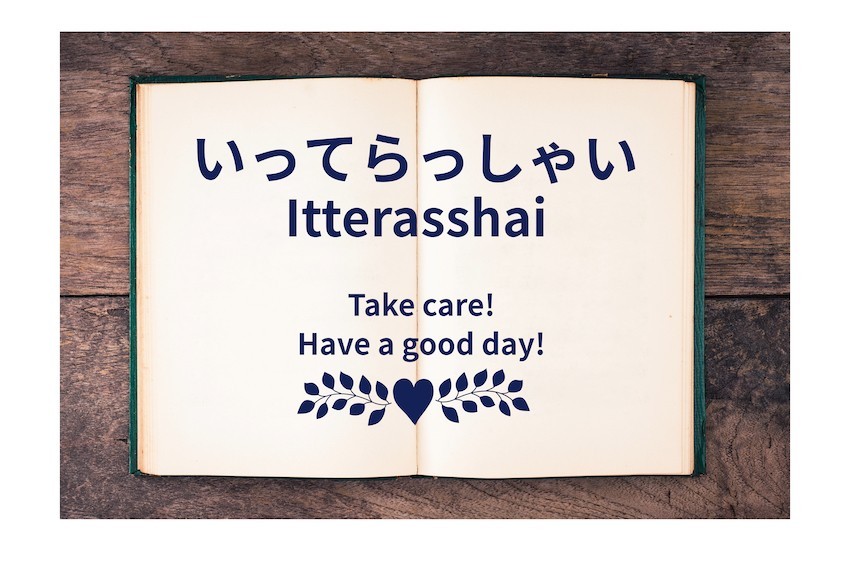
- Person staying home:
- 行ってらっしゃい (Itterasshai) – "Take care and come back safely."

Workplace Context
- Person leaving the office:
- お先に失礼します (Osaki ni shitsurei shimasu) – "I’m leaving before you."
- Colleague responding:
- お疲れ様でした (Otsukaresama deshita) – "Thank you for your hard work."
5. The Cultural Difference
Unlike English, where phrases like "Have a good day" are commonly used, Japanese culture emphasizes greetings that are more specific to the time or context. This reflects the Japanese approach to communication, which values precision and attentiveness to details.
6. Practical Tips for Mastering Japanese Greetings
- Match the context: Always choose a greeting that aligns with the time of day or situation. This will make your communication feel more natural and respectful.
- Practice pronunciation: Learn to pronounce each phrase correctly to make a good impression.
- Observe locals: Pay attention to how native speakers use greetings in real life to understand the subtleties.
Maybe you will like
Hello in Japanese and other common phrases you should know
Directions in Japanese: Your Must-Know Vocabulary
Top 10+ best anime to learn Japanese
Conclusion
In Japanese, saying “Have a good day” isn’t just about words—it’s about understanding the context, showing respect, and choosing the right phrase at the right time.
While the direct translation exists, it’s rarely used in daily life. Instead, Japanese people rely on greetings that match the time of day or specific situations, reflecting their culture of mindfulness and subtlety.
💡 Want to learn how to use these greetings like a native? The HeyJapan app offers bite-sized lessons, real-life examples, and pronunciation guides to help you master greetings—and much more—at your own pace.
Start speaking naturally. Make every word count. 🇯🇵✨


